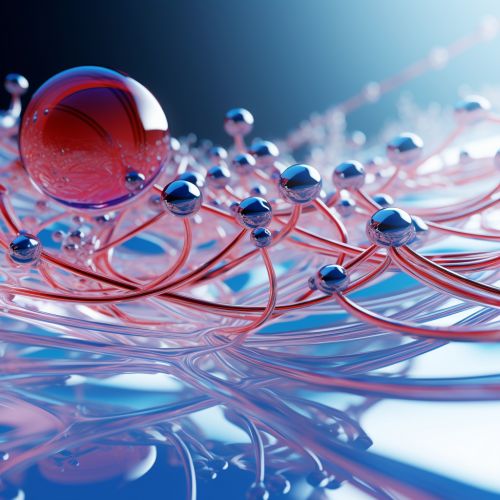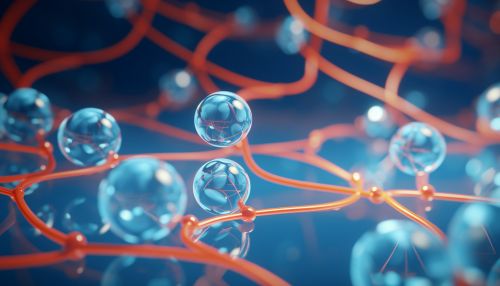Lipids
Overview
Lipids are a group of naturally occurring molecules that include fats, waxes, sterols, fat-soluble vitamins (such as vitamins A, D, E, and K), monoglycerides, diglycerides, triglycerides, phospholipids, and others. The main biological functions of lipids include storing energy, signaling, and acting as structural components of cell membranes. Lipids have applications in the food industry as well as in nanotechnology.
Classification
Lipids may be broadly divided into two categories: saponifiable lipids and nonsaponifiable lipids. Saponifiable lipids are those that can be converted into soap by reaction with an alkali, such as sodium hydroxide. This category includes the triglycerides and phospholipids. Nonsaponifiable lipids cannot be converted into soap. They include the sterols and fat-soluble vitamins.
Triglycerides
Triglycerides are the most common type of fat in the body. They are used for energy and are stored in fat cells until needed. Triglycerides are made up of three fatty acid chains attached to a glycerol backbone.
Phospholipids
Phospholipids are a major component of all cell membranes. They form a lipid bilayer in which their hydrophilic (attracted to water) head areas face the water and their hydrophobic (repelled by water) tail areas face away from the water. This structure allows phospholipids to form a barrier that protects the cell from its surroundings.
Sterols
Sterols are a type of lipid that includes cholesterol and the steroid hormones. They have a complex structure that includes a system of four fused carbon rings.
Fat-soluble vitamins
Fat-soluble vitamins are a type of lipid that includes vitamins A, D, E, and K. These vitamins are stored in the body's fatty tissue and liver, and are used as needed.
Functions of Lipids
Lipids perform a variety of functions in the body, including energy storage, insulation and protection, and cell signaling.
Energy Storage
One of the primary functions of lipids is to provide energy. When the body needs energy, it can break down lipids to produce adenosine triphosphate (ATP), which is used in the cells for energy.
Insulation and Protection
Lipids also provide insulation and protection for the body. Subcutaneous fat, which is a layer of fat located under the skin, helps to maintain body temperature by providing a layer of insulation. Lipids also protect the organs by providing a cushioning effect.
Cell Signaling
Lipids are involved in cell signaling, which is the process by which cells communicate with each other. They can act as signaling molecules, or they can be part of the signaling pathways within cells.
Lipids in Food
Lipids are an important part of the diet. They provide energy, contribute to the taste and texture of food, and are necessary for the absorption of fat-soluble vitamins. However, not all lipids are created equal. Some types of fat, such as saturated fat and trans fat, can increase the risk of heart disease, while other types of fat, such as unsaturated fat, can reduce the risk of heart disease.
Lipids in Nanotechnology
Lipids have also found applications in nanotechnology. For example, liposomes, which are small spherical vesicles composed of a lipid bilayer, can be used for drug delivery. The lipid bilayer can encapsulate a wide range of drugs and deliver them to specific parts of the body.
See Also


